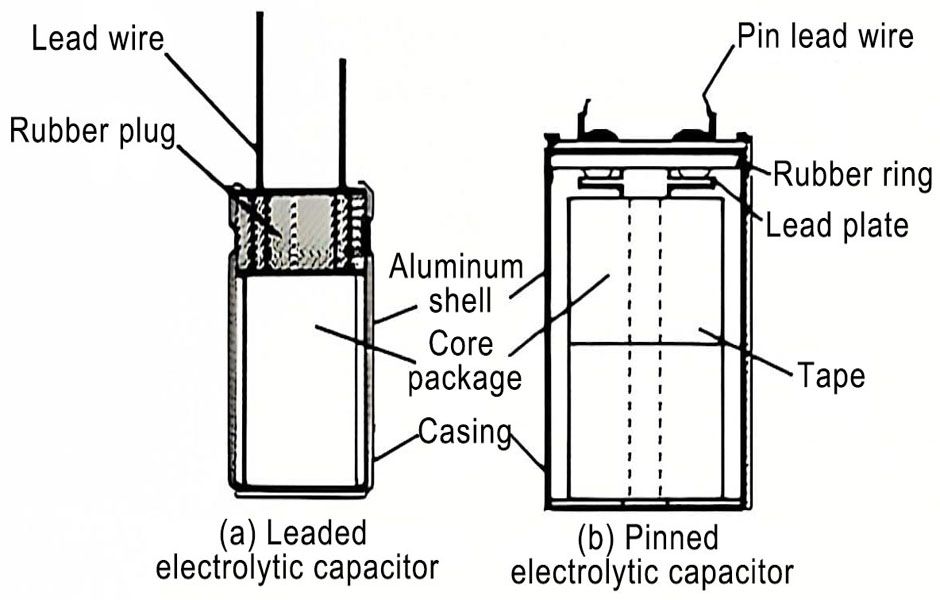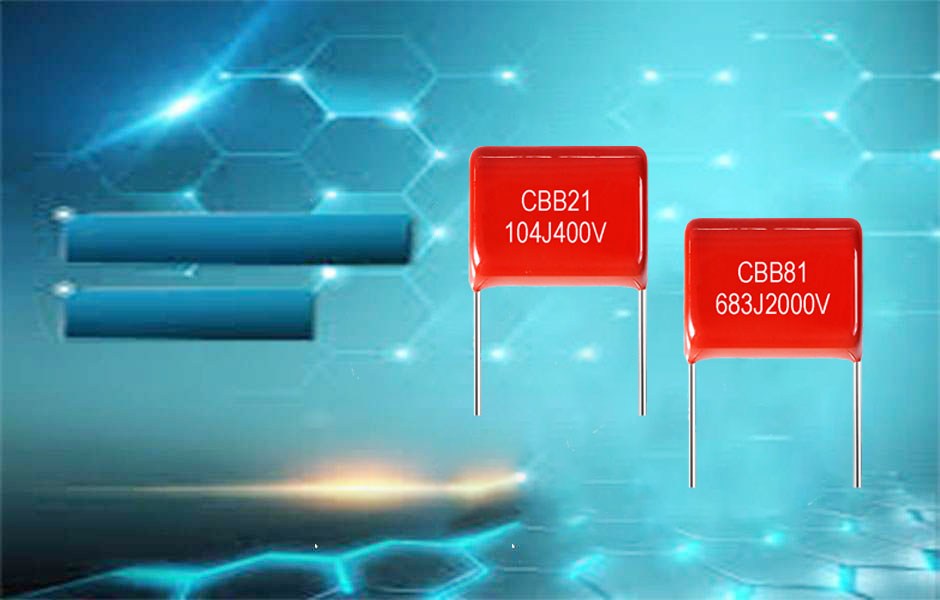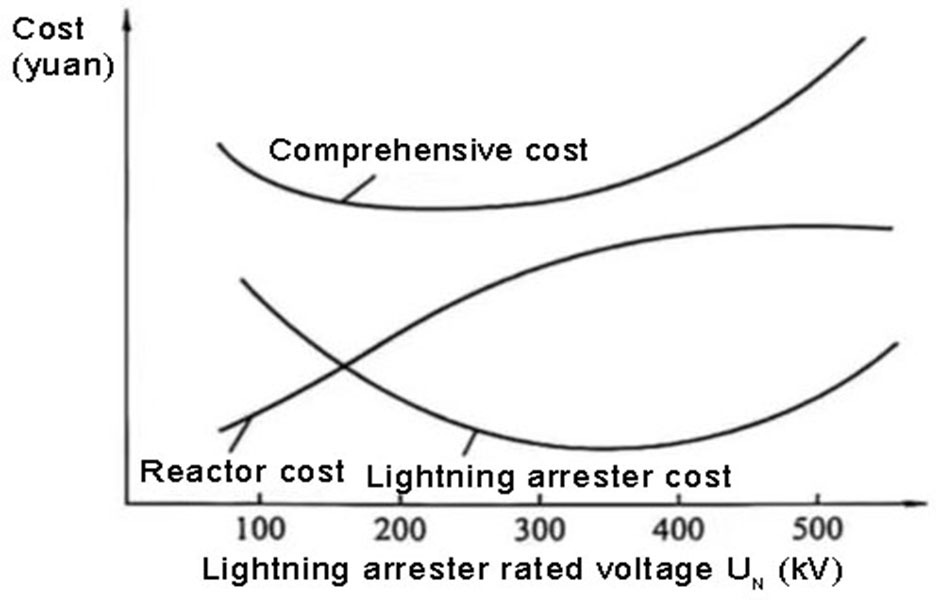Organic film capacitor are made of organic plastic film as the medium and metal foil or metalized film as the electrode. They are made by winding (except for the laminated structure), of which polyester film medium and polypropylene film medium are the most widely used.
There are more than a dozen types of organic films used in the manufacture of capacitors. Polystyrene, polypropylene, polyester (PET), polytetrafluoroethylene, and polycarbonate (PC) organic film capacitors are the most mature. They have excellent performance and many varieties. One of the widely used electronic components
Main features of organic film capacitors:
Since the thickness of the film can be made very thin and easy to wind, the capacitance and operating voltage range of this capacitor are wide. Most of the organic dielectric materials are synthetic high-molecular polymers, with rich raw materials and wide variety, which is conducive to the development of organic dielectric capacitors. Compared with inorganic dielectric capacitors, the main weaknesses are: organic media is easy to age, and the performance of the capacitor will gradually decrease; the thermal expansion coefficient of the organic medium is large, the stability of the capacitor is poor; the heat resistance of the organic medium is poor, and the upper limit of the operating temperature of the capacitor restricted.
Organic film capacitor classification:
1. Distinguish according to the media material: my country currently mainly uses two media, polyester film and polypropylene film;
2. Distinguish according to electrode type: there are two structures of metal foil type and metallized film.
3. Distinguish according to winding method: inductive winding and non-inductive winding




